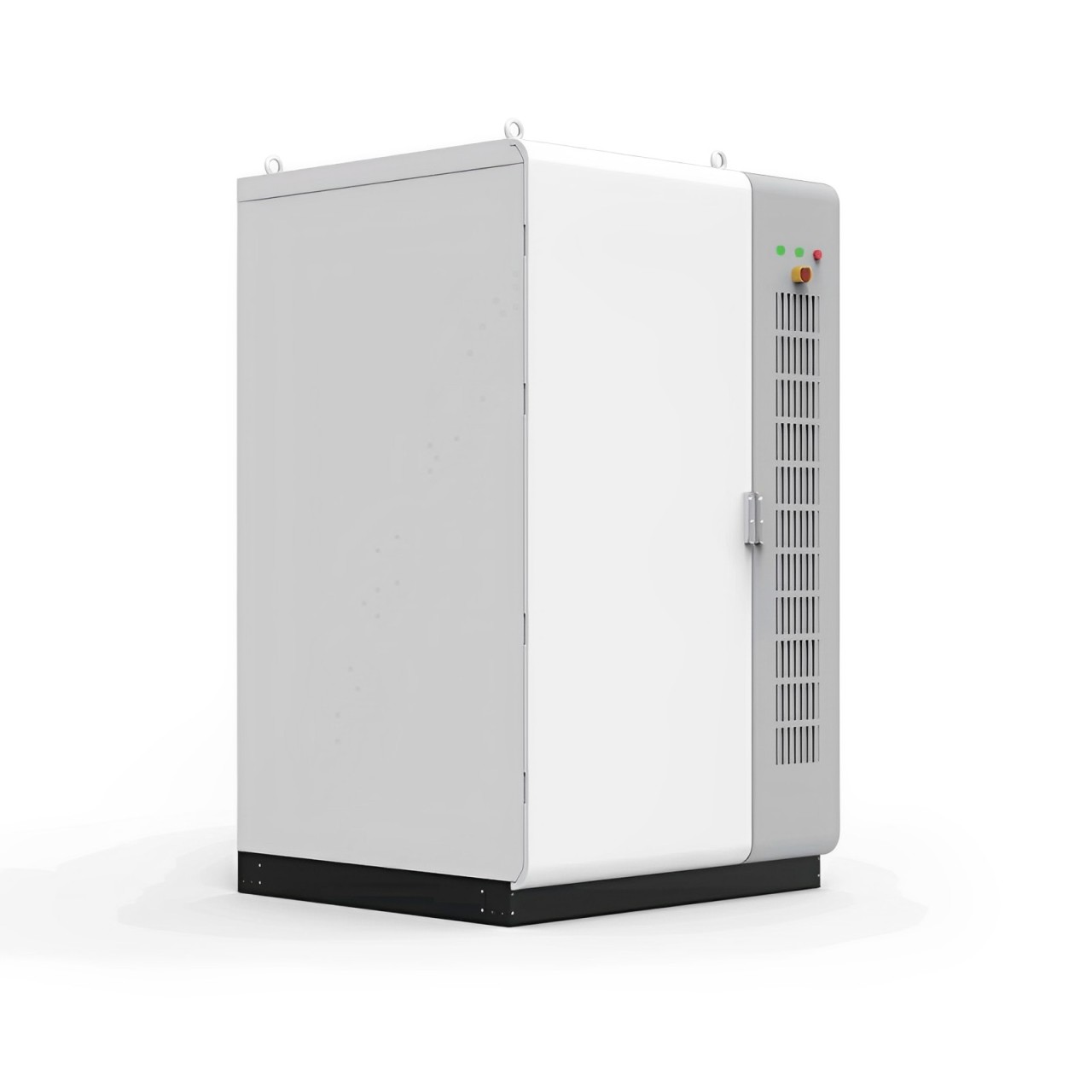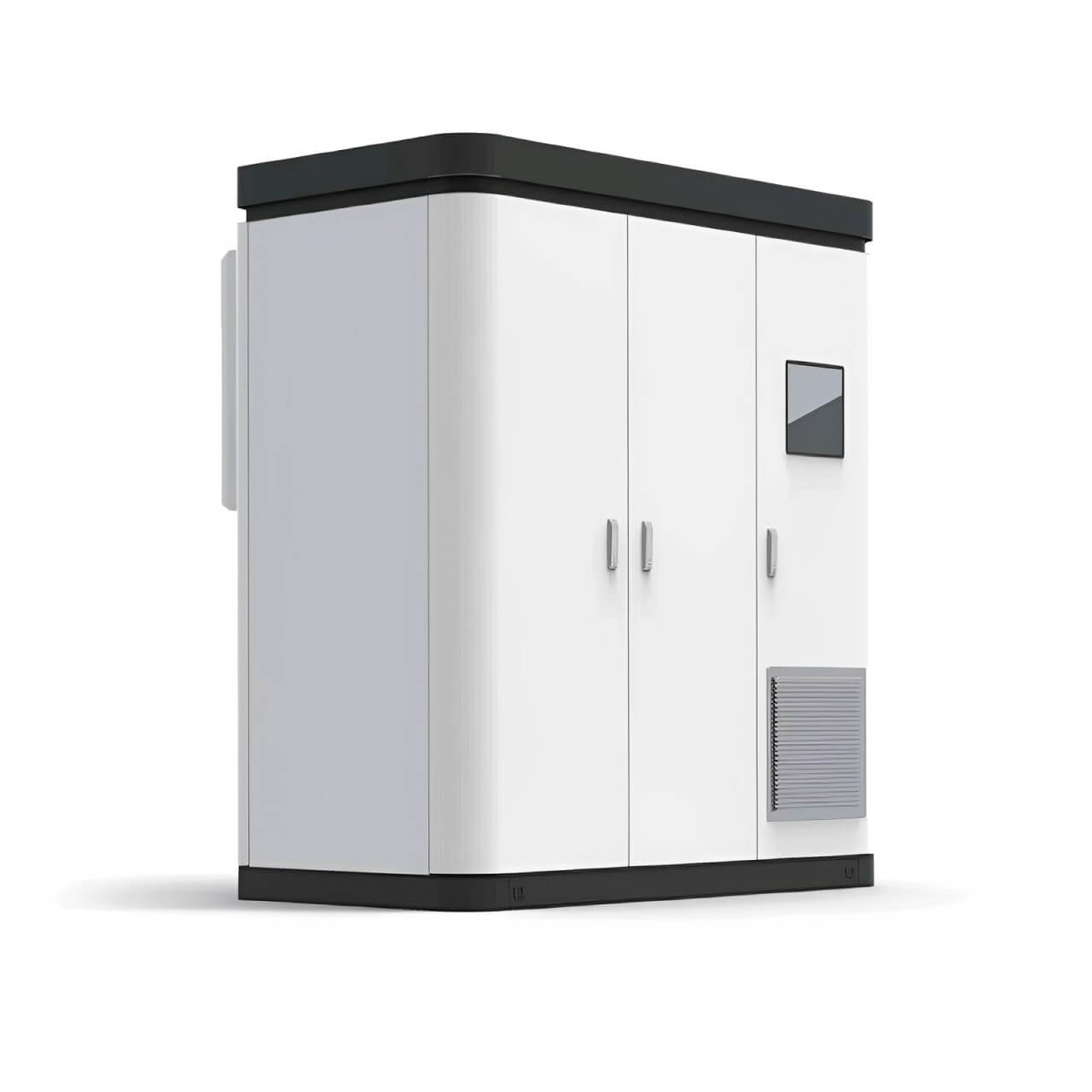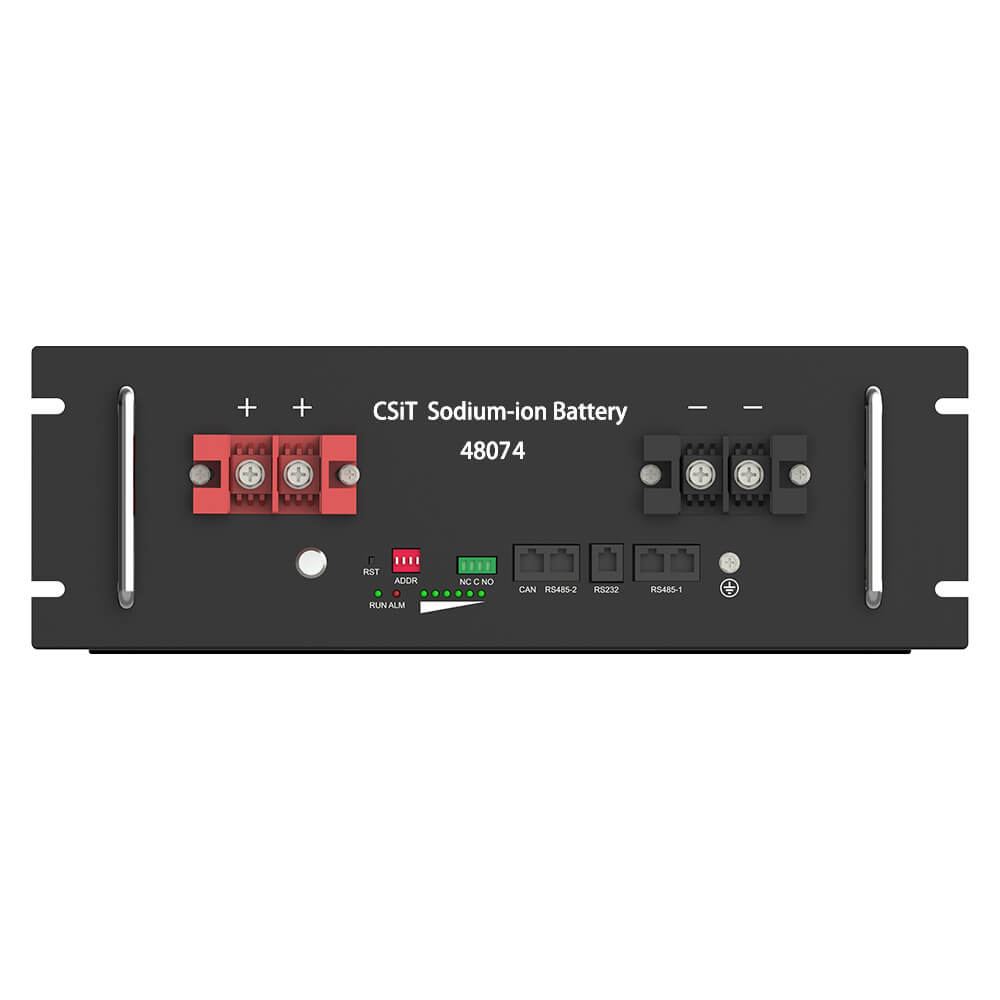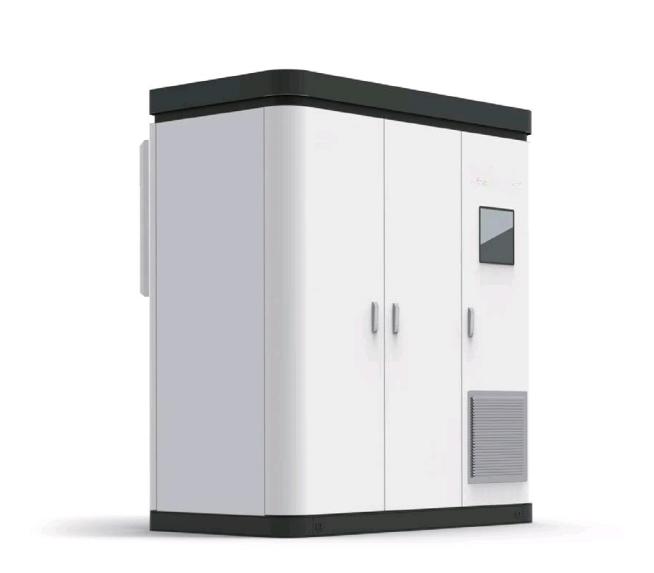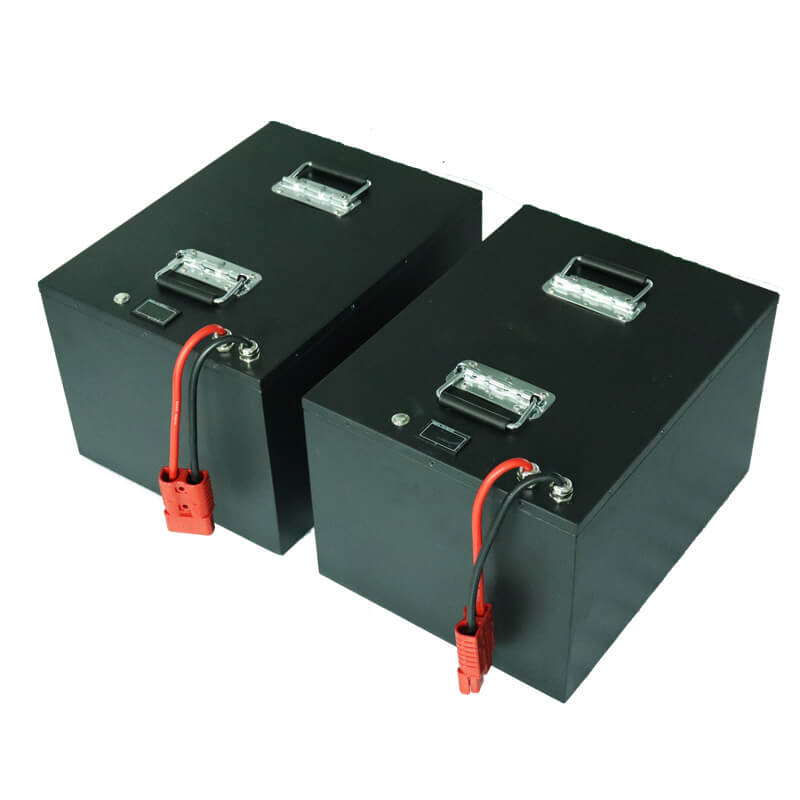Sodium ion battery VS lithium ion battery
It is difficult to say which battery chemistry is"best".Because each type of lithium battery(sodium-ion and lithium-ion)has its own unique advantages and disadvantages,the best choice depends on the specific application and requirements.The following is a brief description of each type:
Sodium-ion batteries:
A sodium-ion battery is an energy storage technology similar to a lithium-ion battery,but it uses sodium ions rather than lithium ions to store and release electrical energy.This type of battery usually contains a negative(cathode)and positive(anode)electrode,as well as a conductive electrolyte.
Sodium-ion batteries work similarly to lithium-ion batteries.During charging,the positive electrode absorbs sodium ions,while during discharging,the positive electrode releases sodium ions while the negative electrode absorbs these ions.During this process,current flows in an external circuit,which results in the storage and release of energy.
One of the advantages of sodium-ion batteries over lithium-ion batteries is that sodium is more abundant and cheaper relative to lithium,which may reduce the cost of battery manufacturing.In addition,sodium-ion batteries can be designed to be useful in a number of large-scale energy storage applications,such as grid energy storage systems.
Lithium-ion batteries:
The lithium-ion battery is a rechargeable battery widely used in mobile devices,electric vehicles,and various portable electronic devices.It is a lightweight,high-energy-density battery technology that provides relatively high battery capacity and long battery life.The advantages of lithium-ion batteries are their high energy density,light weight,relatively long cycle life and low self-discharge rate.This makes it the battery technology of choice for many applications.
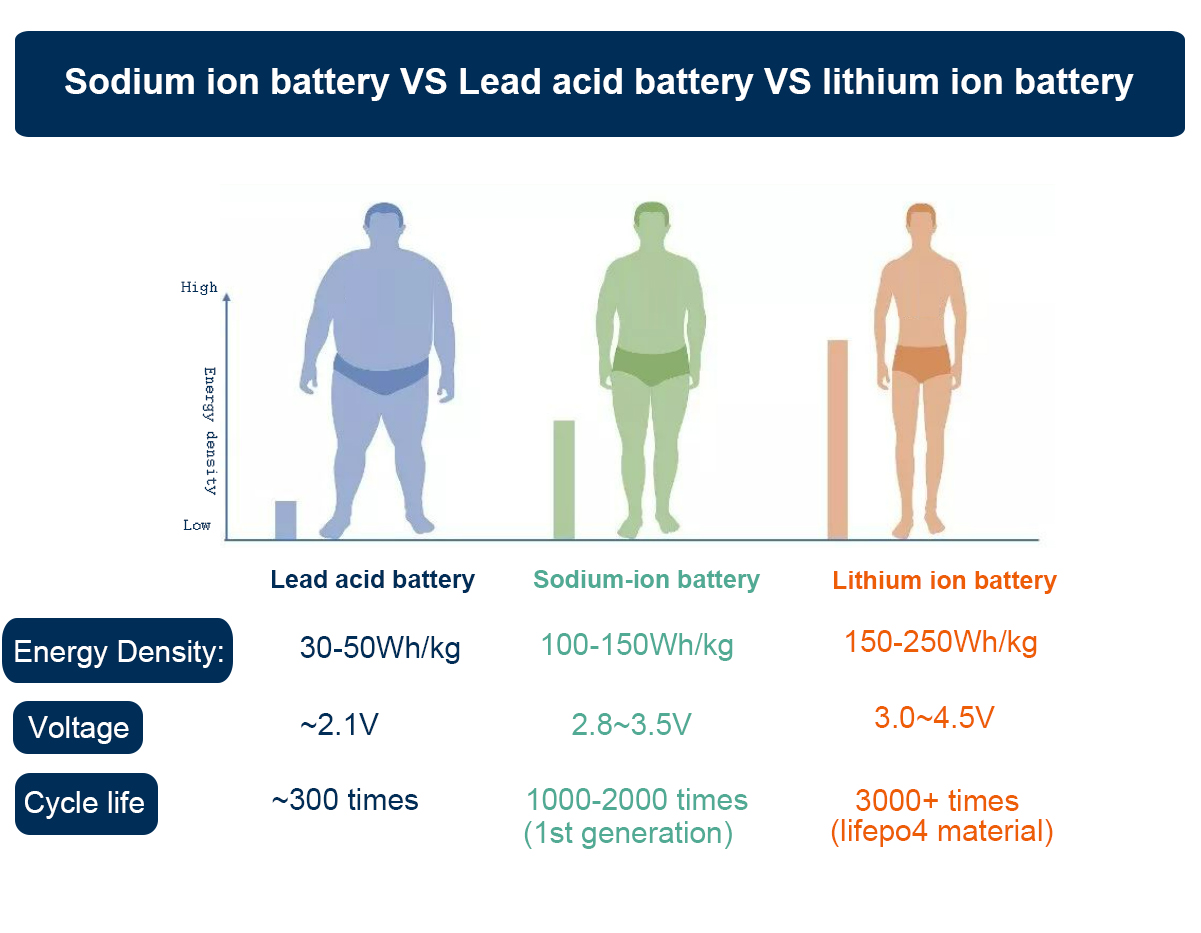
Sodium ion battery VS lithium ion battery:
1.Safety performance:
Sodium ion batteries are safer than lithium ion batteries.No fire or explosion will occur under the following conditions:the temperature of the experimental environment rises to 130℃±2℃and is maintained at that temperature for 30 minutes;the extrusion voltage reaches 0V,or the deformation amount reaches 15%,or the extrusion force reaches 100KN or 1,000 times;the external resistance is 80mΩ,and the short-circuit time is up to 24 hours;and the maximum temperature is not more than 150℃.
2.Low temperature performance:
Sodium-ion batteries support operation below-40℃and can still discharge more than 90%of the power,while lithium-ion batteries generally support discharge temperatures above-20℃,sodium-ion batteries are far superior to lithium-ion batteries in low-temperature performance.
3.Cycle life.
The cycle life of sodium-ion batteries is currently 1,000 to 3,000 times,while the cycle life of lithium iron phosphate batteries is usually 2,500 to 6,000 times.
4.Cost.
Sodium salt raw material reserves are abundant and inexpensive.Compared with the ternary cathode material of lithium-ion battery,the use of iron-manganese-nickel-based cathode material can greatly reduce the cost of raw materials.
5.Energy density.
The energy density of lithium-ion batteries is higher than that of sodium-ion batteries.The energy density of lithium iron phosphate batteries is usually 150-210Wh/kg,while the energy density of sodium-ion batteries is 110-160Wh/kg in the first generation products.
6.Operating voltage range.
The nominal voltage of sodium-ion battery is 3.1V,and the working voltage range is 2.0-4.0 V.The nominal voltage of lithium iron phosphate battery is 3.2V,and the working voltage range is 2.0-3.6 V.Sodium-ion batteries can be used to replace lithium iron phosphate batteries.
Any questions or inquiries,please send email to sales01.csit gmail.com

 简体中文
简体中文 Russian
Russian French
French German
German Japanese
Japanese Korean
Korean Arabic
Arabic Spanish
Spanish